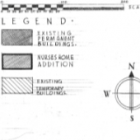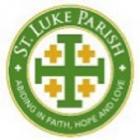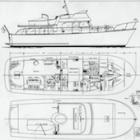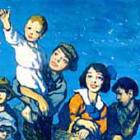
A Fistful of Floppies: Digital Preservation in Action
The University of Washington Library system currently holds a small collection of electronic thesis and dissertation (ETD) accompanying materials from the late 1980’s to 2011 on floppy disks and CD-Rs. These materials will soon reach or have already exceeded the limit of their expected lifespans. This project looked at the digital preservation possibilities for this collection of materials using digital forensics as a model. Working with Preservation Services staff, a workflow using industry standard best practices and open source software was developed and implemented. Each item in the collection was forensically imaged, analyzed, documented and packaged for eventual preservation in the Universities’ online repository. A full inventory of remaining thesis materials on physical media in the library collection was also created and a digital preservation computer station with the BitCurator forensic environment was installed in Preservation Services for future projects.










